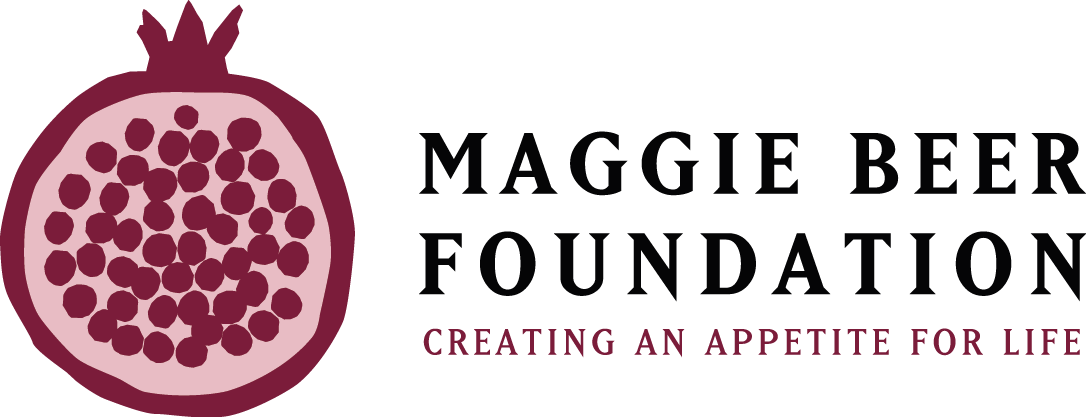It’s the most wonderful time of the year! The holidays allow many of us to spend time with family and friends, sharing great food and good wine. Christmas in Australia is a unique experience with an abundance of beautiful summer produce such as cherries (my favourite!), stone-fruits and grapes. We also have many traditional foods that you might see in cooler climates such as fruit mince pies and Christmas pudding served with brandy custard. As we move into the New Year there are festivities filled with champagne and other alcoholic beverages. Australia Day is often celebrated by firing up the BBQ and enjoying a ‘snag in a bag’ and a beer. Many of the foods we enjoy at this time of year are termed “discretionary foods” and I felt this was the perfect opportunity to talk about these types of foods and the place they have in our lives.
Discretionary Foods
Foods that are high in alcohol, fat, sugar, sodium and low in vitamins, minerals and fibre don’t contribute anything towards our physical health, for this reason they are considered optional or discretionary foods. Here are some examples:
High in sugars: soft drink, cordial, honey, maple syrup, jam, marmalade, lollies, toffee
High in fat: deli meats such as bacon, salami, mettwurst and frankfurts, potato chips, meat pies, pizza, sausages, salted crackers
High in fat and sugar: baked goods such as cakes, muffins, biscuits and donuts, chocolate, puddings, ice cream
Discretionary foods have been in the media a lot recently, and for good reason! Most of us are eating more of these foods than we should and not enough core foods. This means we are consuming more fat, sugar and salt than we need and not enough vitamins, minerals and fibre. The foods themselves don’t necessarily deserve the bad press they are getting, even our Dietary Guidelines state that these foods can add variety and enjoyment. Although they don’t contribute to our physical health they give us pleasure, they play a role in our social wellbeing and enjoyment of life. The issue with discretionary foods is the amount that we eat on a regular basis.
The Dietary Guidelines suggest that most people can consume between 0 – 2 serves of discretionary foods per day (because these foods don’t provide nutrients there is no minimum amount you should eat). So, how much should you aim for? Well, that depends on a few different factors! The first thing to remember is that the guidelines are for healthy adults. A person trying to lose weight might choose to eat fewer discretionary foods because they are usually higher in calories. On the other hand, a person struggling to eat enough might choose to eat more discretionary foods because they do provide more energy per mouthful and can be an invaluable tool against involuntary weight loss. The second thing to remember is that the recommendations are meant to be applied to every-day life. At special events, such as Christmas, it is often the sharing of food that brings us together, it is a way of sharing our culture and heritage.
Alcohol
Alcohol is the term for a range of beverages that contain ethanol, a chemical compound that has a dampening effect on our central nervous system. Any alcohol that we consume is absorbed in the gut, enters the blood stream (which affects our blood alcohol concentration) and ends up in the liver where it gets converted to waste products. One of these waste products (acetaldehyde) is a short lived toxin which is responsible for unpleasant hangover symptoms such as nausea and headaches.
The National Health and Medical Research Council acknowledge that alcohol is consumed for enjoyment, relaxation and socialisation. Many of us will enjoy a wine or beer with our family and friends over the next few weeks as we get together to celebrate. The NHMRC 2009 Australian Guidelines to Reduce Health Risks from Drinking Alcohol suggest that healthy men and women should limit their consumption to two or less standard drinks per day. Additionally the Dietary Guidelines suggest you should aim for two alcohol free days per week.
A standard drink contains 10g of alcohol, one standard drink is equal to 100ml wine, 285ml full strength beer, 60ml port or sherry and 30ml of spirits. The rate at which we absorb alcohol depends on multiple factors. If you drink on an empty stomach then alcohol is absorbed more rapidly and will cause your blood alcohol content to rise faster than if you eat a meal. Body size also plays a role, which is one of the reasons why women used to have different recommendations to men, smaller bodies have less body fluid to dilute the alcohol than people in larger bodies.
Excessive alcohol consumption in older adults is a concern for several reasons. As we age everything slows down a little bit, including our liver’s ability to process alcohol and its related waste products. The systems in the liver that process alcohol are the same ones that process prescription medications which means alcohol can have some serious implications and interactions with medications. Also, because alcohol does have energy (calories) it can fool the body into thinking it isn’t hungry which can reduce food and essential nutrient intake.
This holiday season I hope you have the opportunity to enjoy some beautiful food. Include a wide variety of core foods and enjoy some of the discretionary foods that are only available at this time of the year. Relax in the company of your family and friends and drink in moderation.
If you would like more information please visit the links below:
https://www.eatforhealth.gov.au/food-essentials/discretionary-food-and-drink-choices
https://adf.org.au/insights/ageing-with-alcohol/


